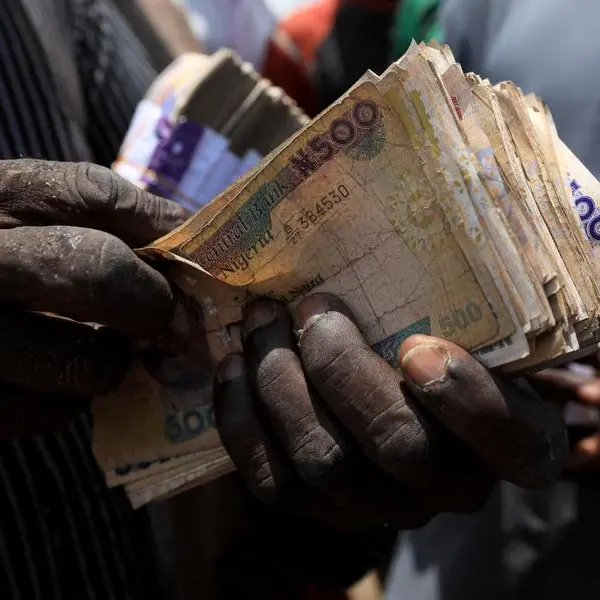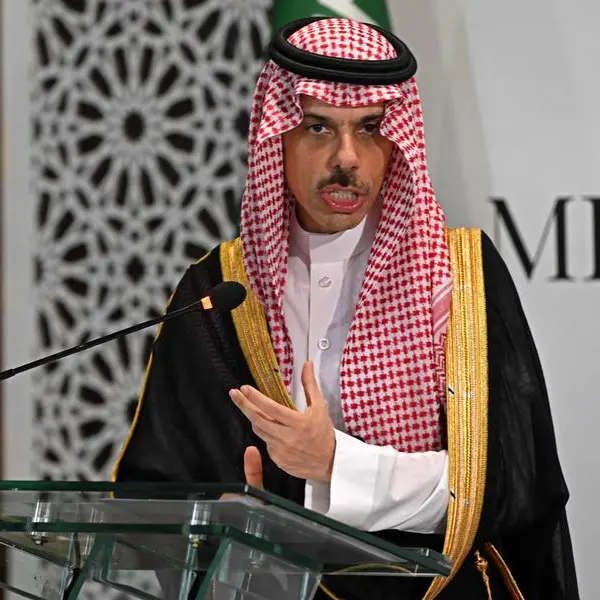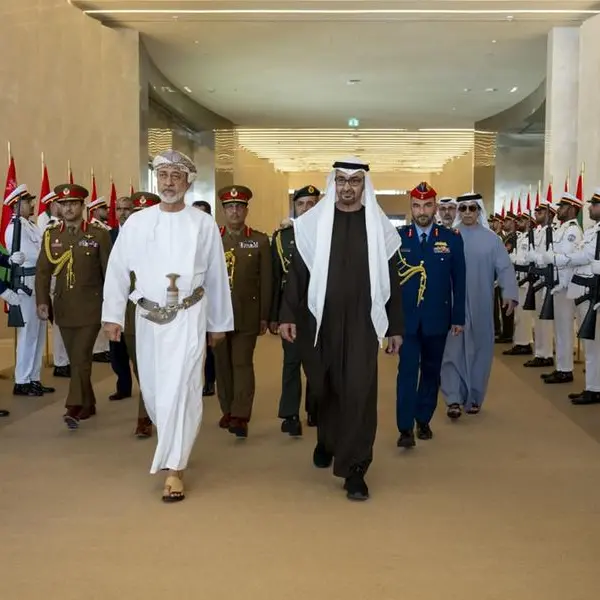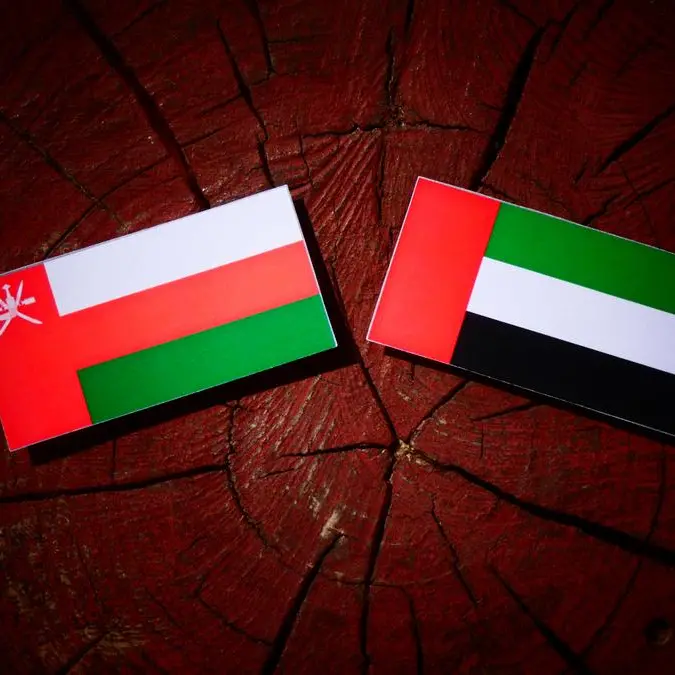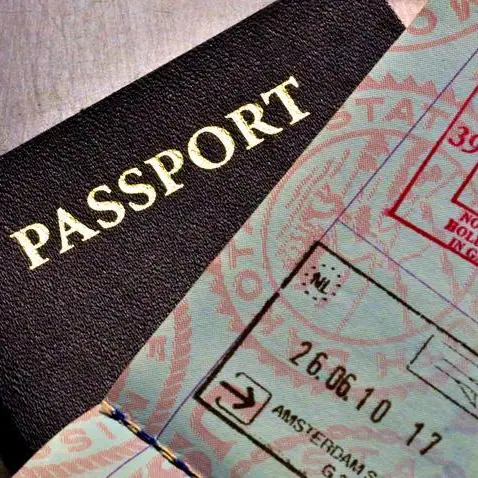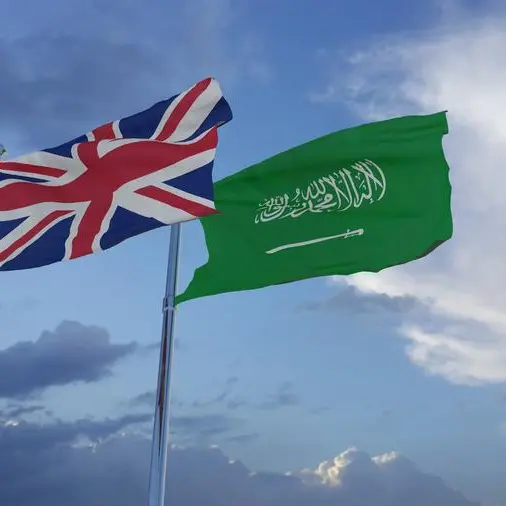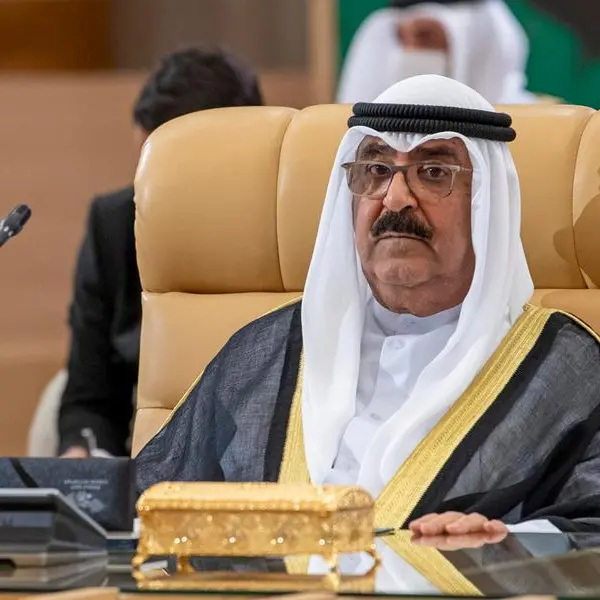PHOTO
Some economies in the Middle East are already starting to recover after months of hardship caused by the coronavirus pandemic, according to a new analysis by PwC.
Expectations for growth domestic product (GDP) have been scaled up for Gulf states like Bahrain and Oman, but trimmed for Saudi Arabia, as new official data have become available recently.
Bahrain’s real GDP is likely to grow by 3.3 percent in 2020, up from the 2.3 percent forecast published in December 2020. Oman’s economy is also expected to perform better than previously forecast, with its GDP estimated to be around 1.8 percent, up from -0.5 percent.
As for Saudi Arabia, real GDP will be around 2.6 percent, down from 3.1 percent in the previous estimate.
Forecasts for Qatar, Kuwait and UAE have remained the same at 2.5 percent, 0.6 percent and 1.3 percent, respectively.
Latest data
PwC’s GDP projections have been revised based on the latest available data, particularly the national accounts for Q3 2020. However, Saudi Arabia, which earlier posted the region’s strongest non-oil rebound in the third quarter, is the only regional state to have published Q4 data so far.
“There were already signs of a recovery emerging in late 2020… Since then, more detailed statistics have been published for this period, showing the overall recovery more clearly but also revealing nuances by sector and country,” PwC in its “Middle East Economy Watch” for April.
Outside the GCC region, Egypt has already returned to growth as early as the third quarter of 2020, according to PwC. “[But] this would still represent a contraction on a GDP per capita basis. Its growth picked up to 2 percent year-on-year in Q4,” PwC said.
Non-oil sectors
Economies across the region have been impacted by the coronavirus pandemic, with non-oil sectors like aviation, tourism and hospitality among those greatly affected. The decline in oil prices and global energy demand also created a double whammy for oil-dependent economies.
“Oil production remains constrained by OPEC+, although the group has begun to taper its cuts in 2021,” the report said.
“Oil output has, in turn, restricted feedstock for downstream manufacturing, partly explaining why the sector was till down by -10 percent year-on-year in Q3, even in [Saudi Arabia],” it added.
However, other sectors have performed better, such as the financial services, which was up year-on-year in both Saudi Arabia and Qatar in the third quarter of 2020.
Coronavirus cases in many countries, including the UAE have recently surged and renewed border restrictions.
PwC’s composite index for GCC mobility, derived from Google data, hit a low of -16 percent below the pre-COVID-19 baseline at end-2020, but had reverted to -22 percent by late January, the worst since August.
“However, there were signs of improvement in late February and we expect further improvements in the months to come, as vaccine deliveries pick up and other regional states emulate the strong rollouts seen so far in the UAE and Bahrain,” said the report.
It also noted that the outlook for oil has been positive, with prices rising above $60, and briefly above $70, for the first time since January 2020.
“This is well above the prices budgeted by many states, and if they persist, then this should significantly ease fiscal stress across the region and provide governments with more capacity to support the post-COVID-19 recovery phase.”
(Reporting by Cleofe Maceda; editing by Seban Scaria)
Disclaimer: This article is provided for informational purposes only. The content does not provide tax, legal or investment advice or opinion regarding the suitability, value or profitability of any particular security, portfolio or investment strategy. Read our full disclaimer policy here.
© ZAWYA 2021

